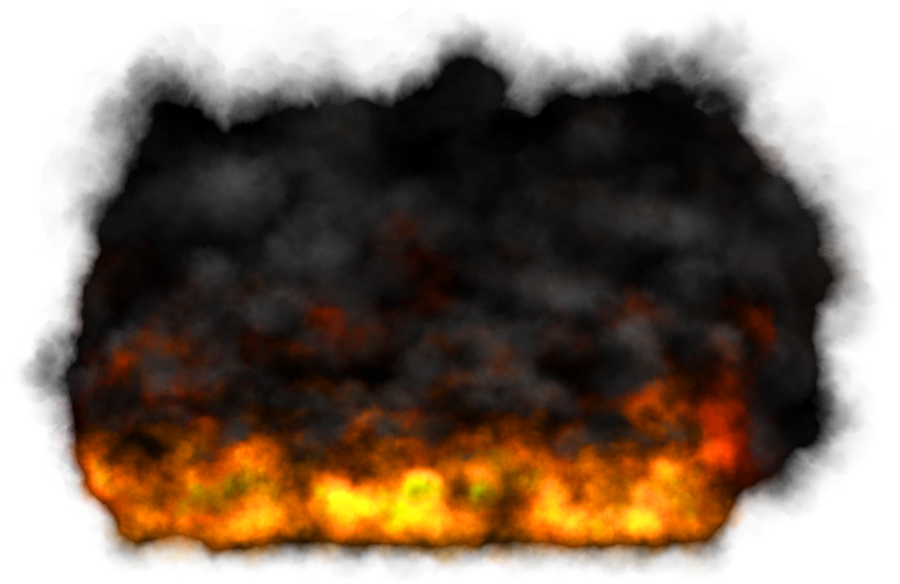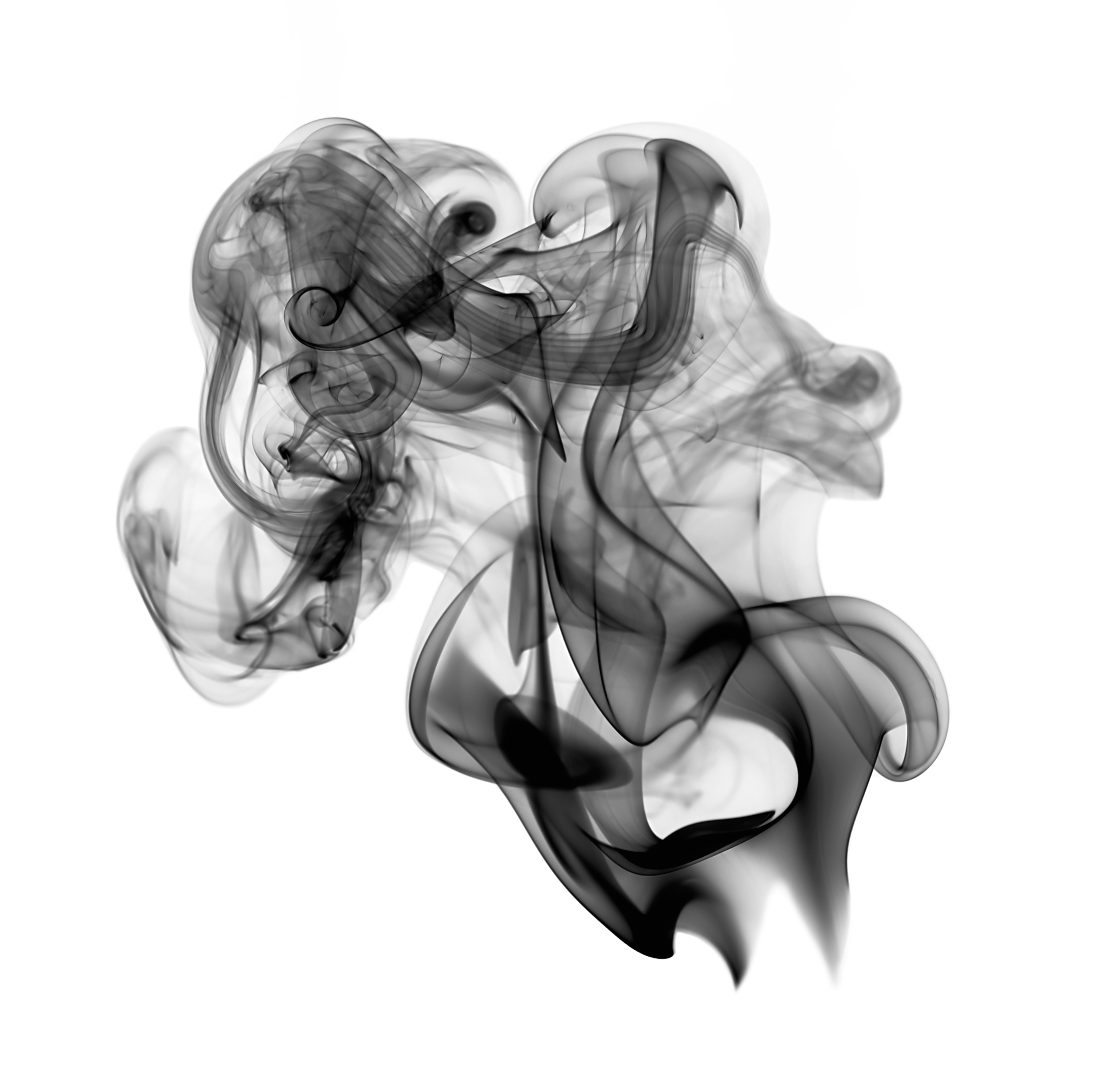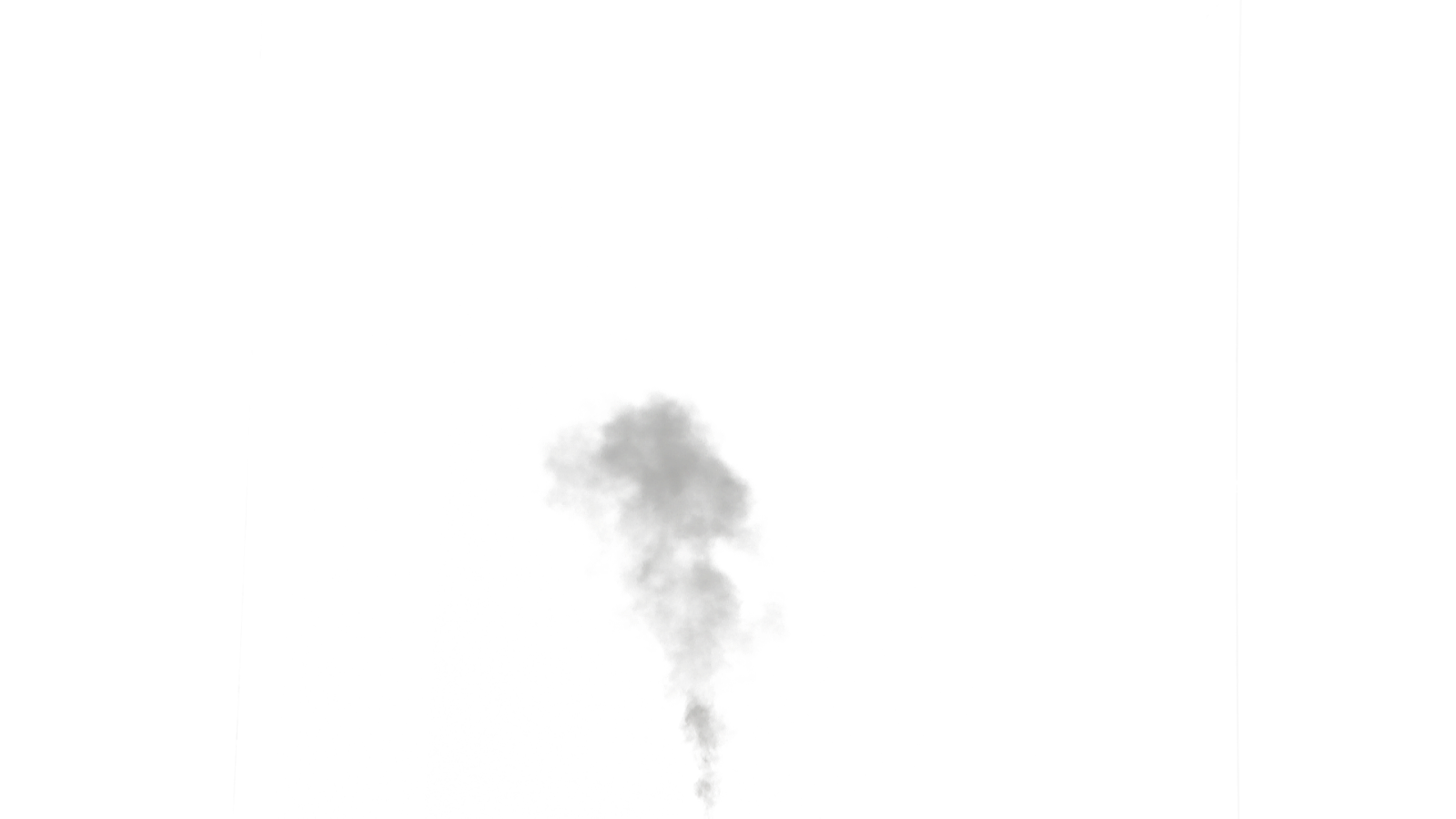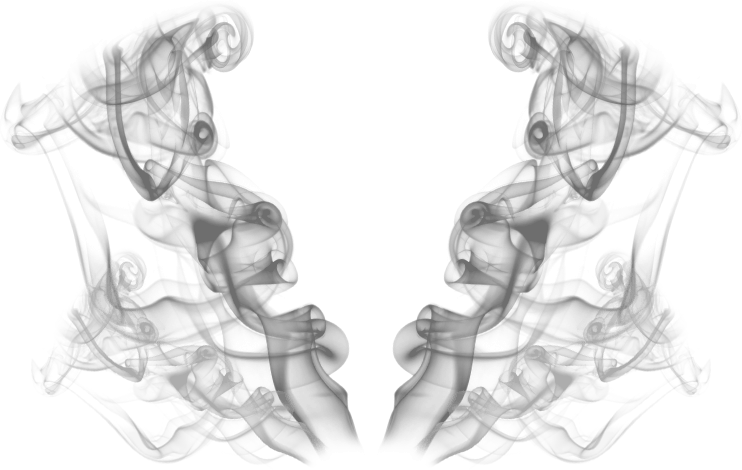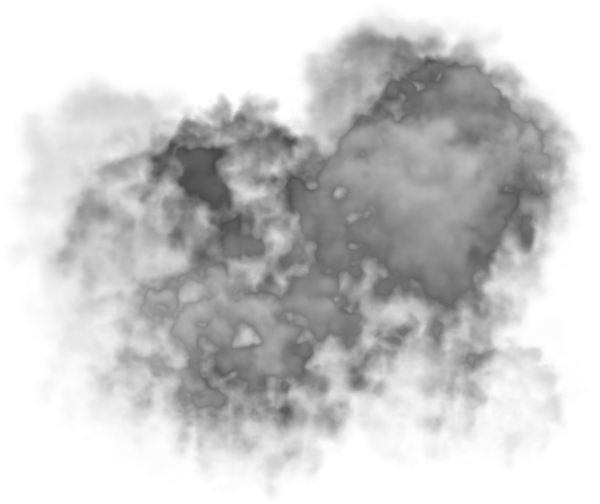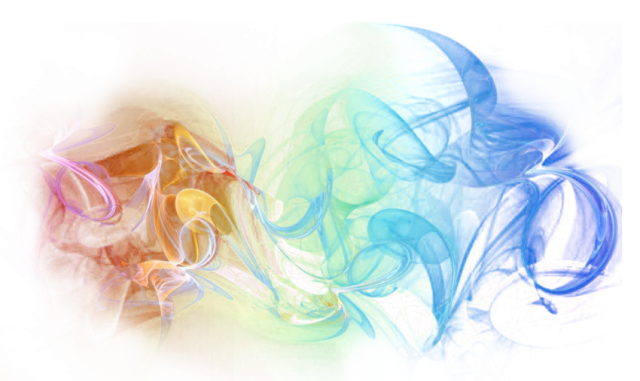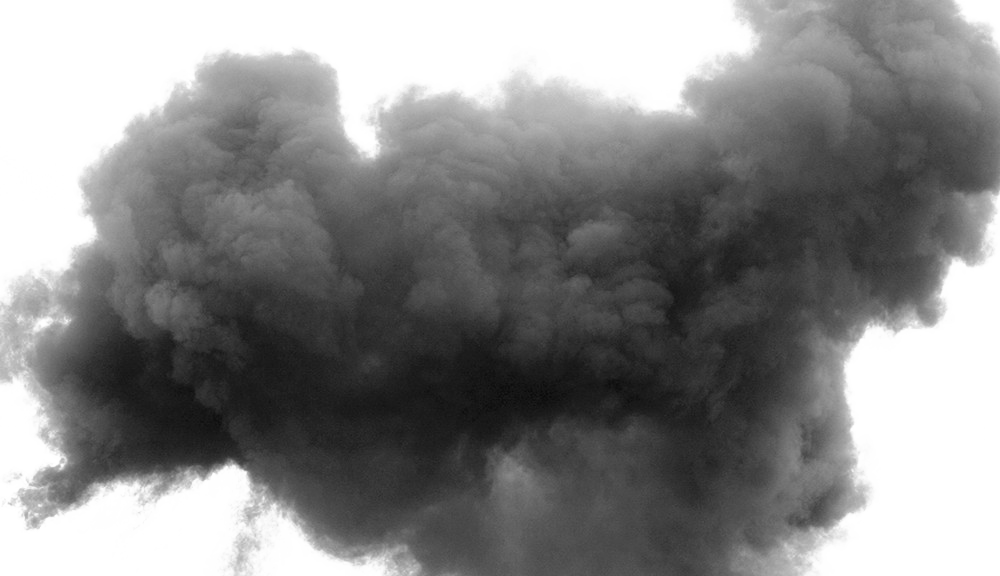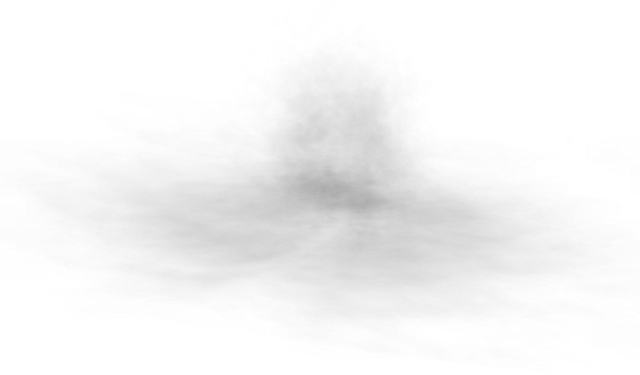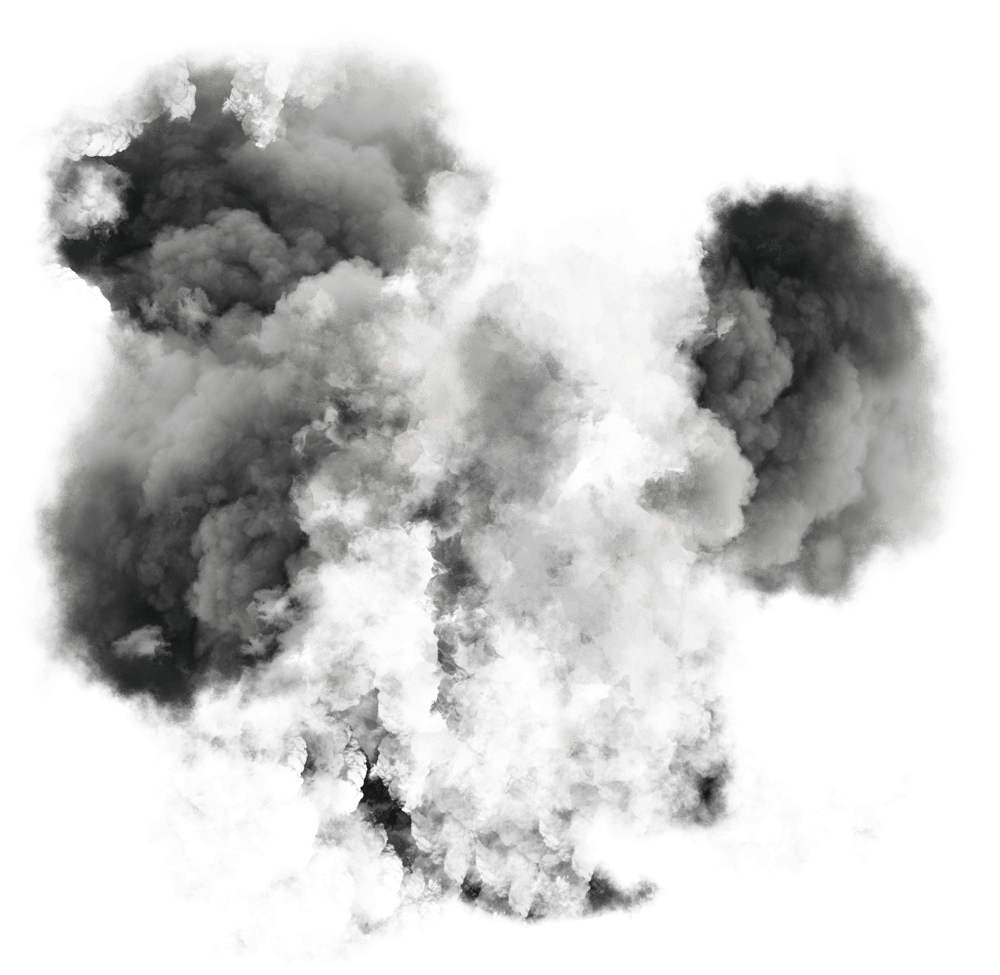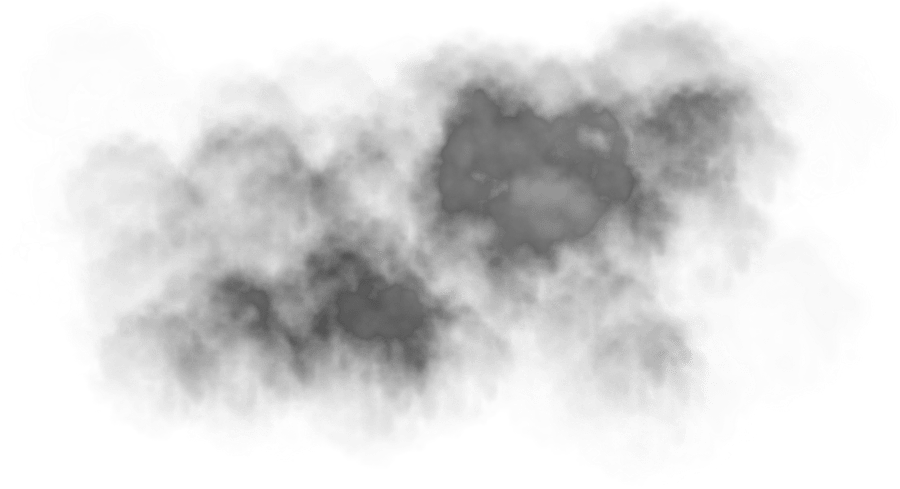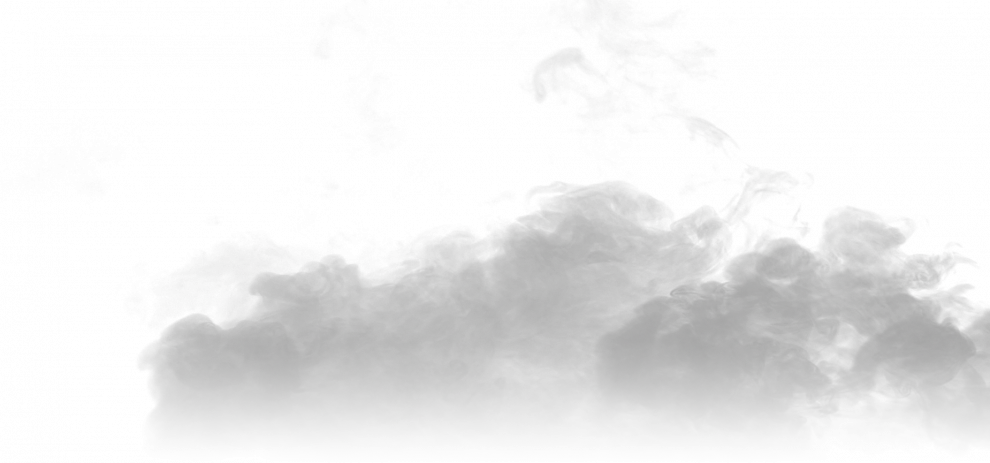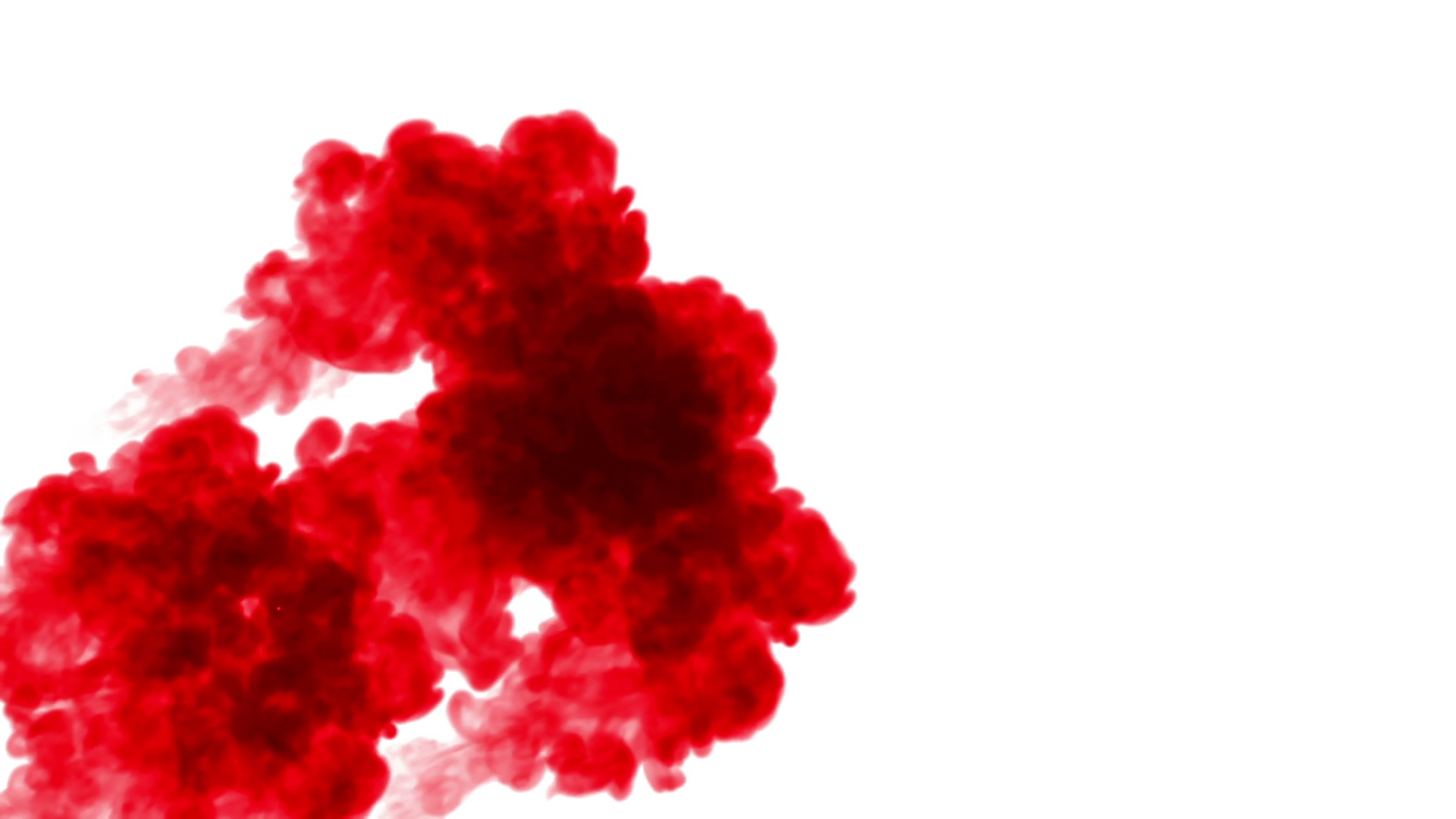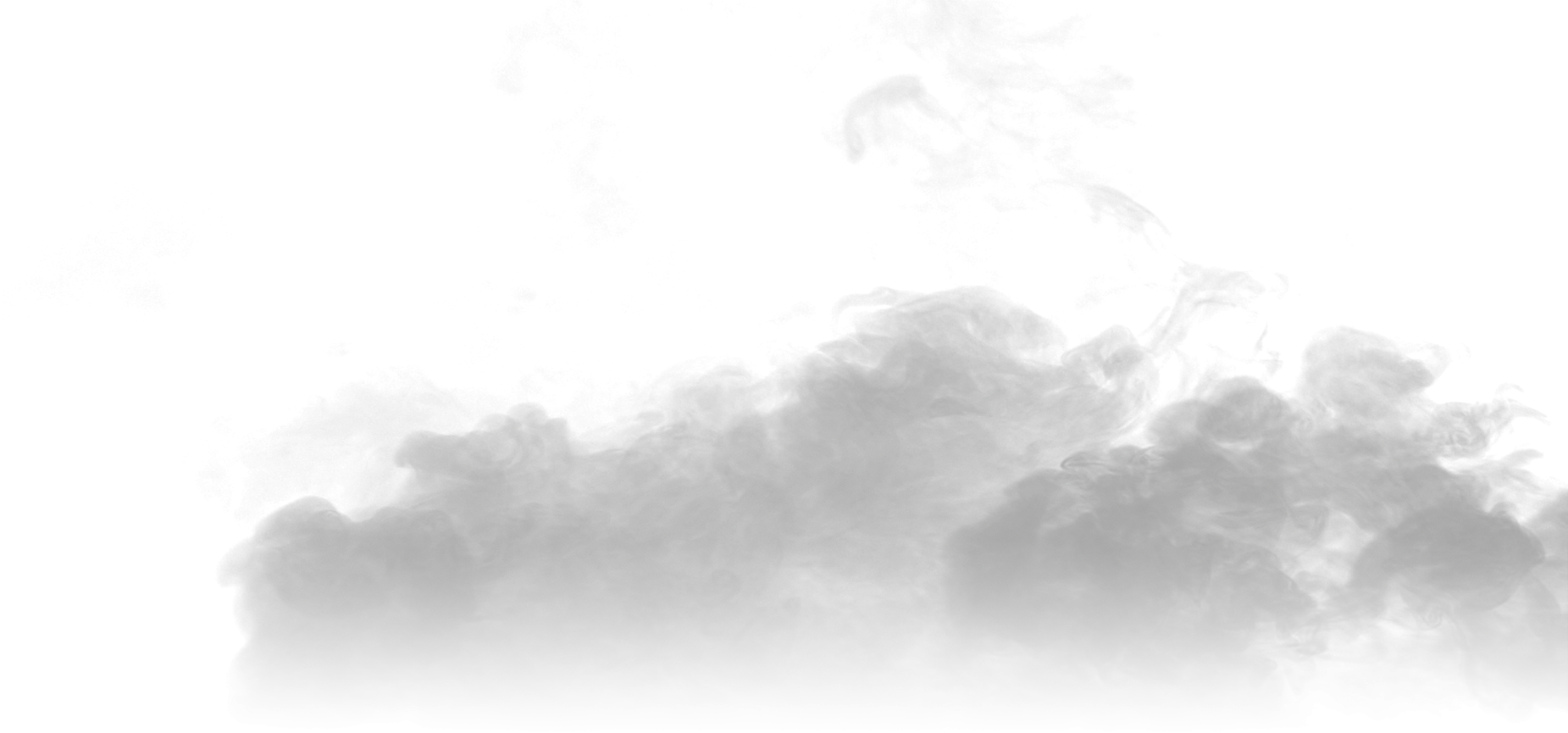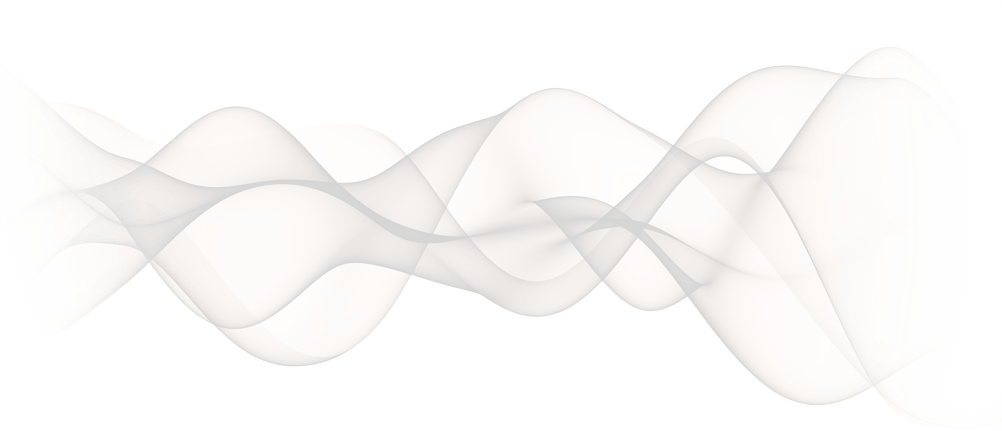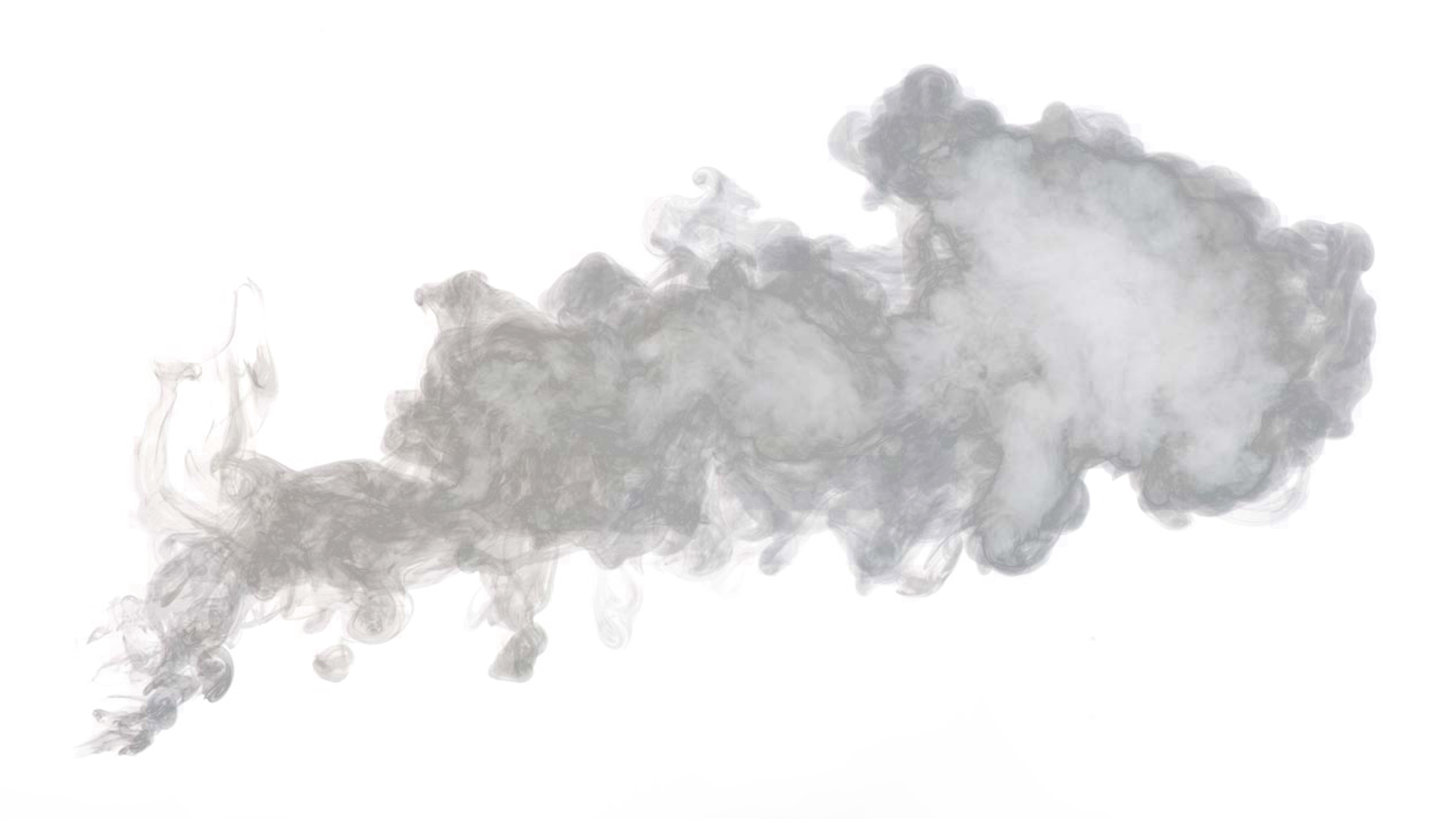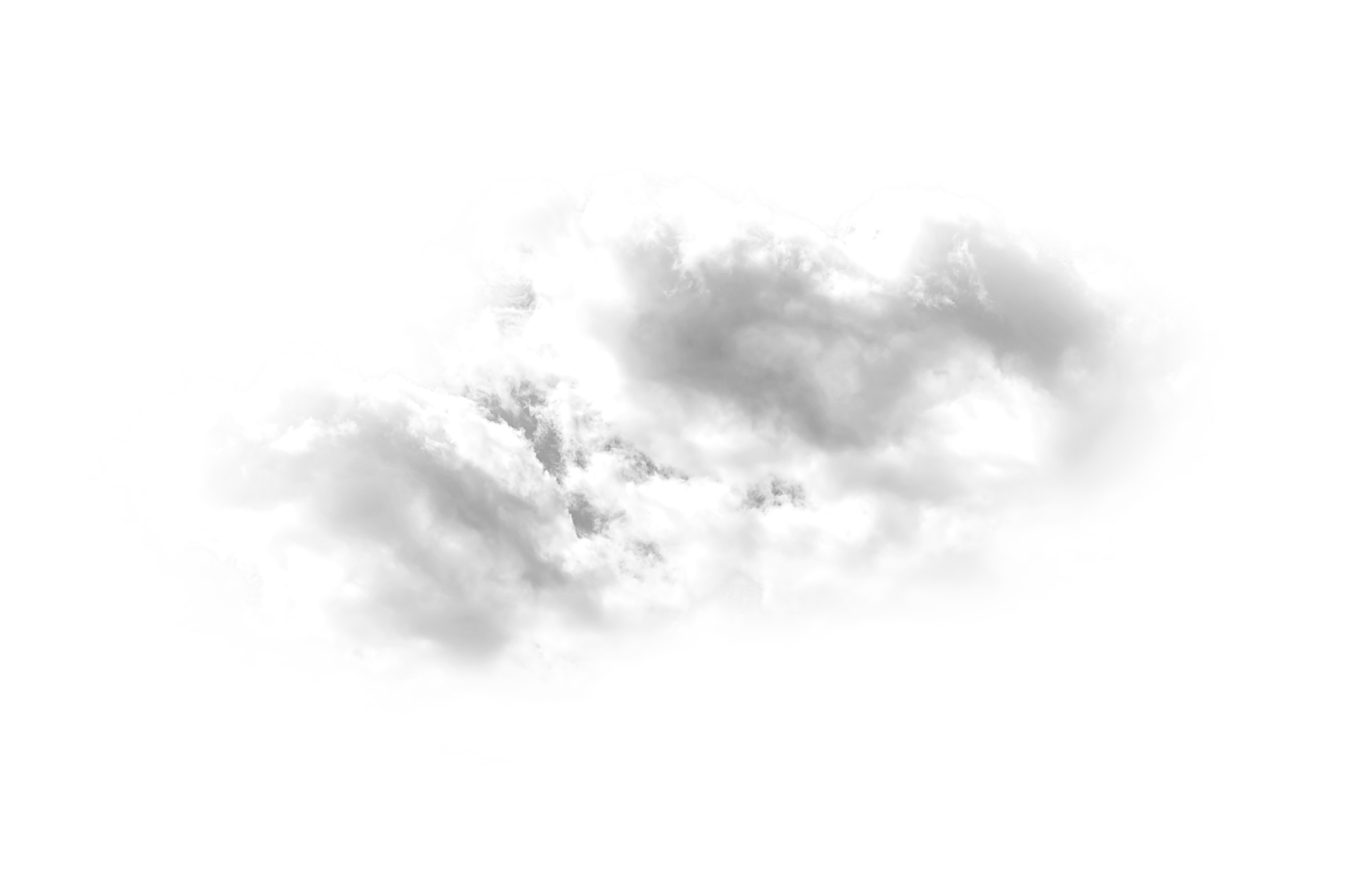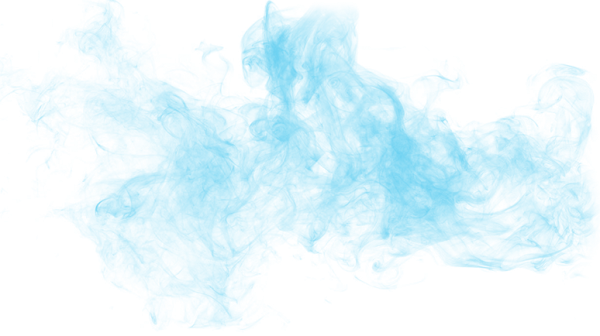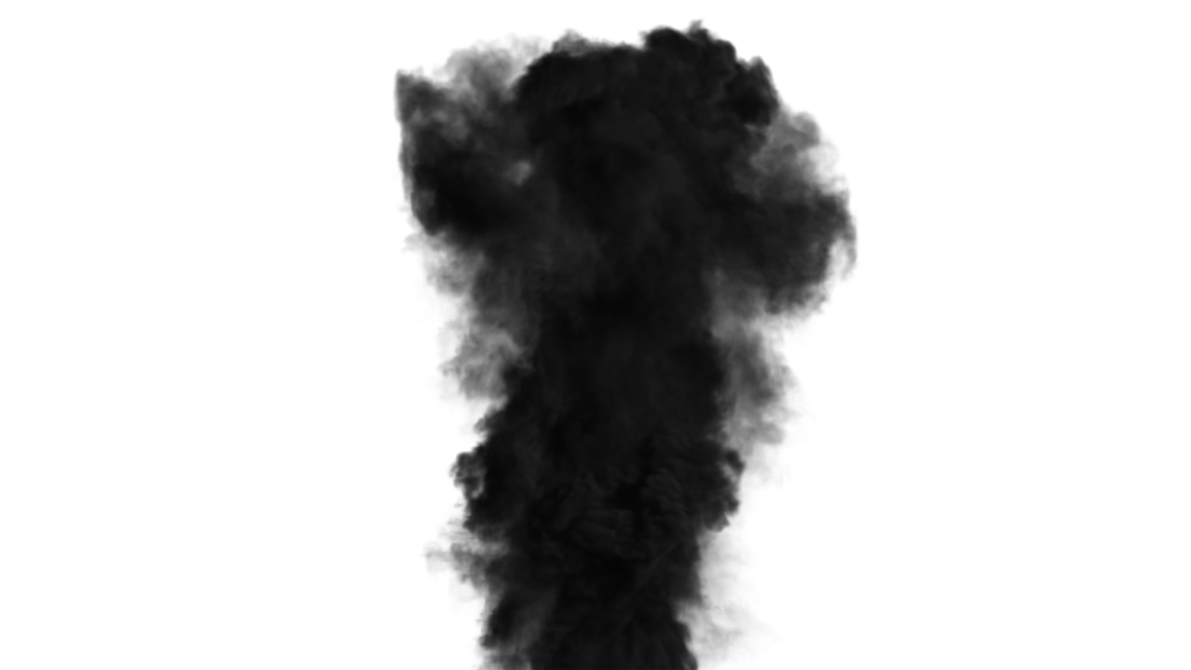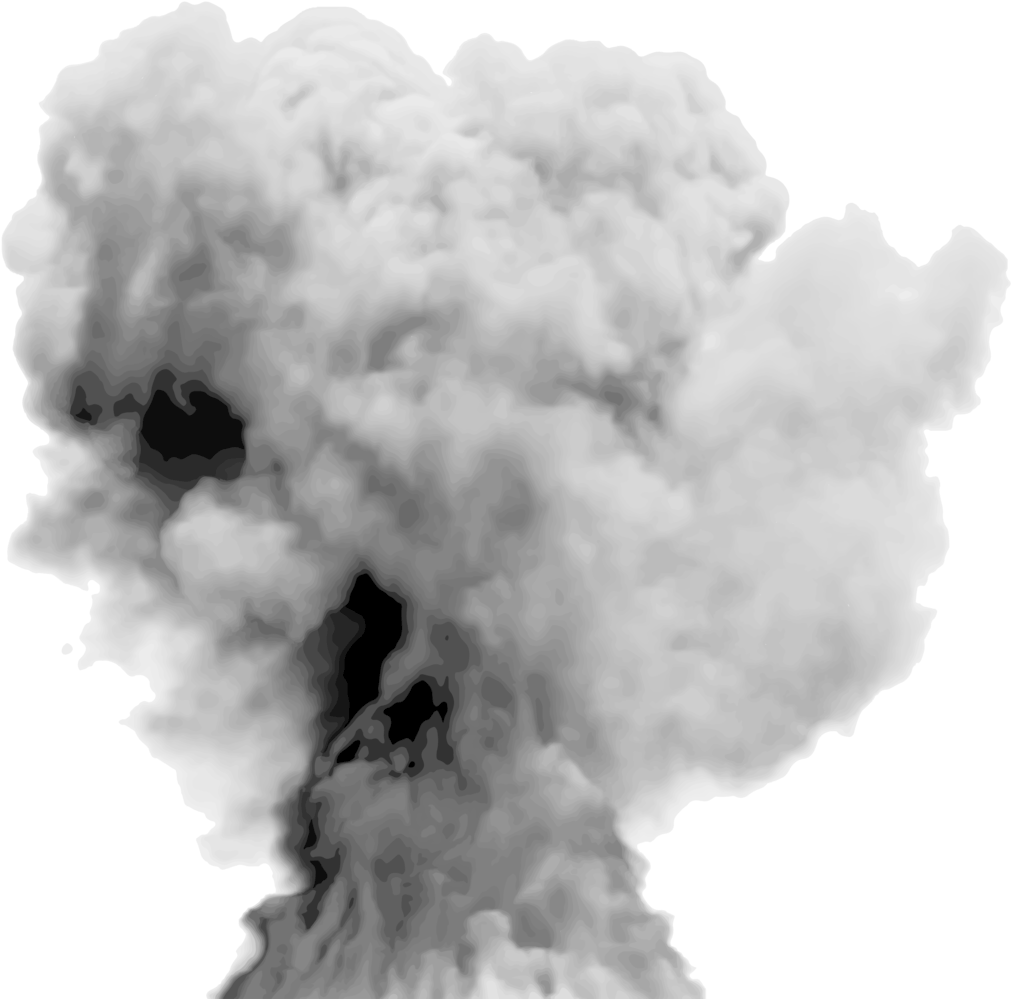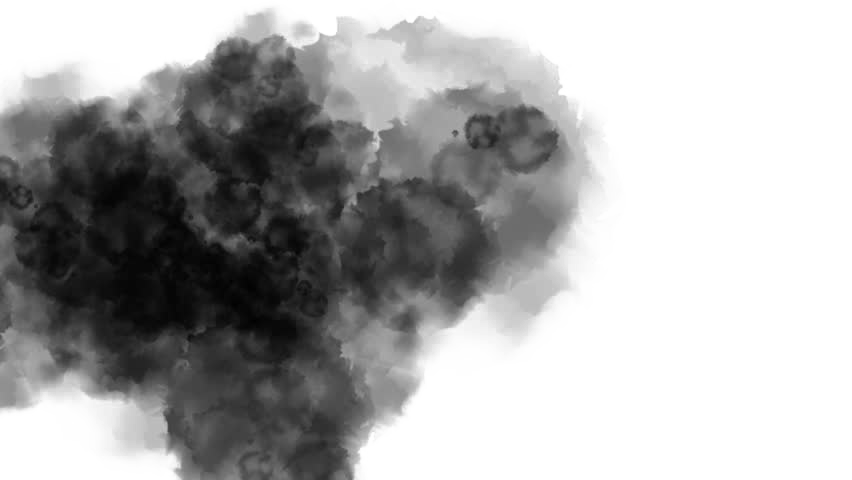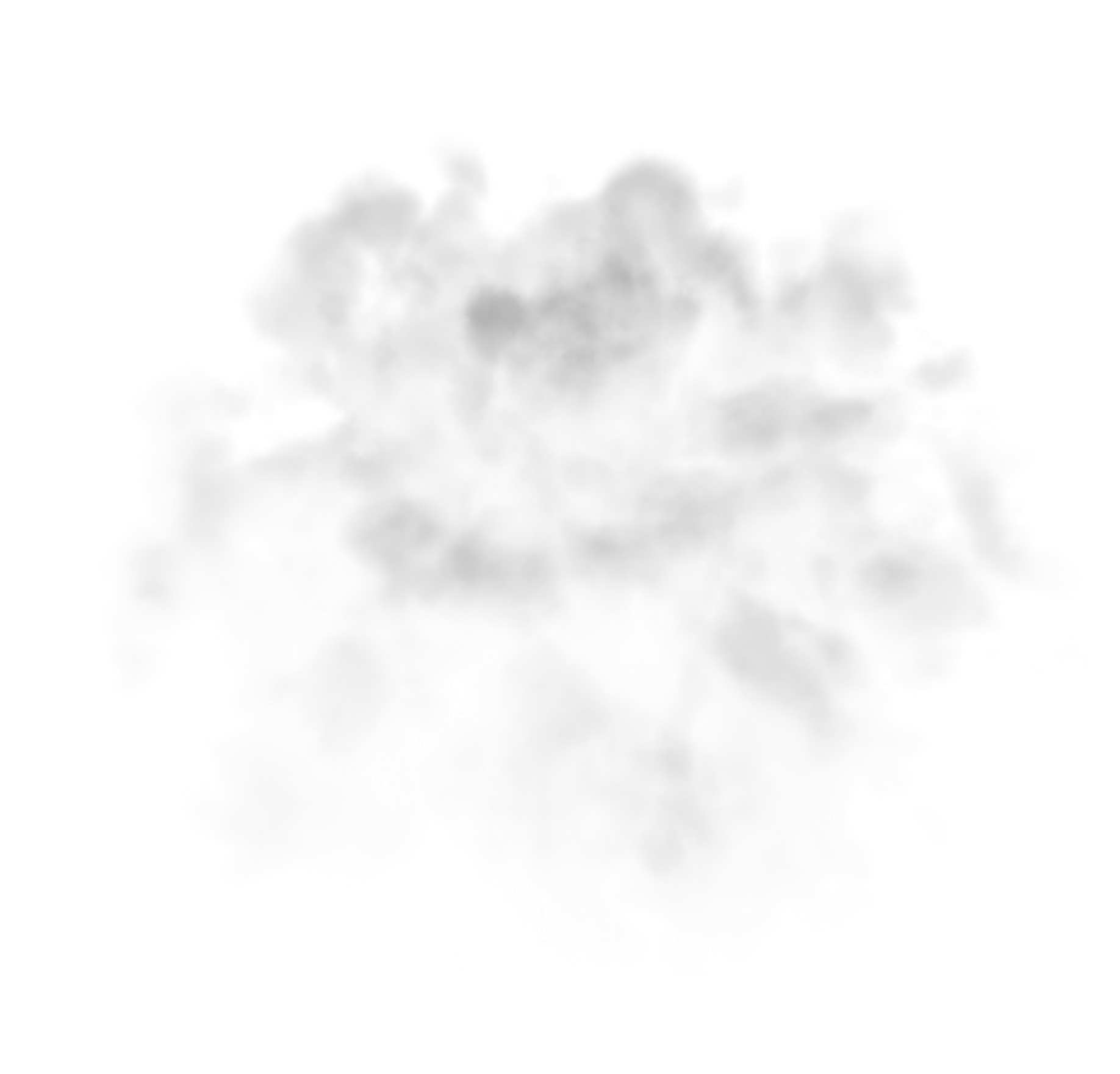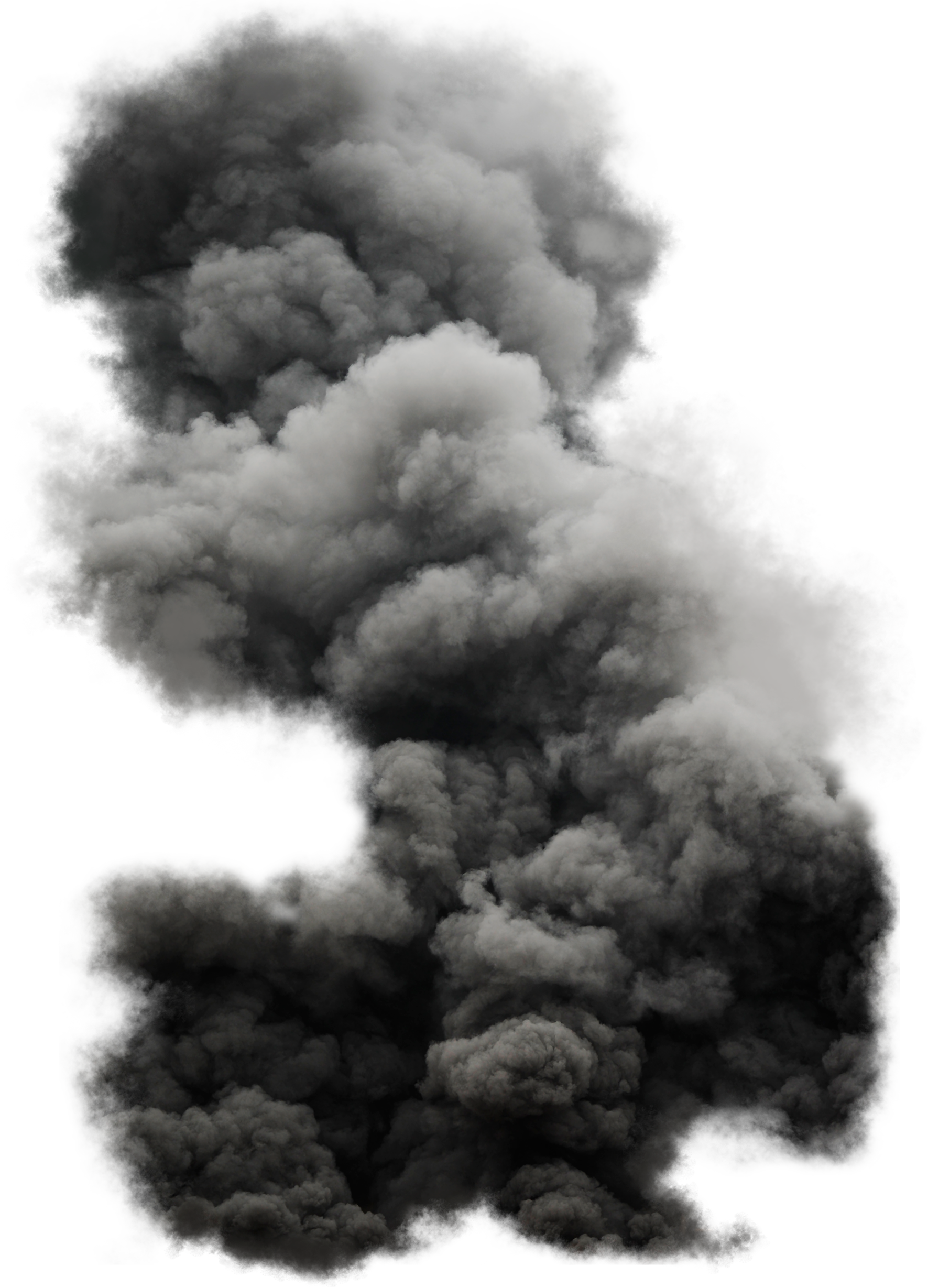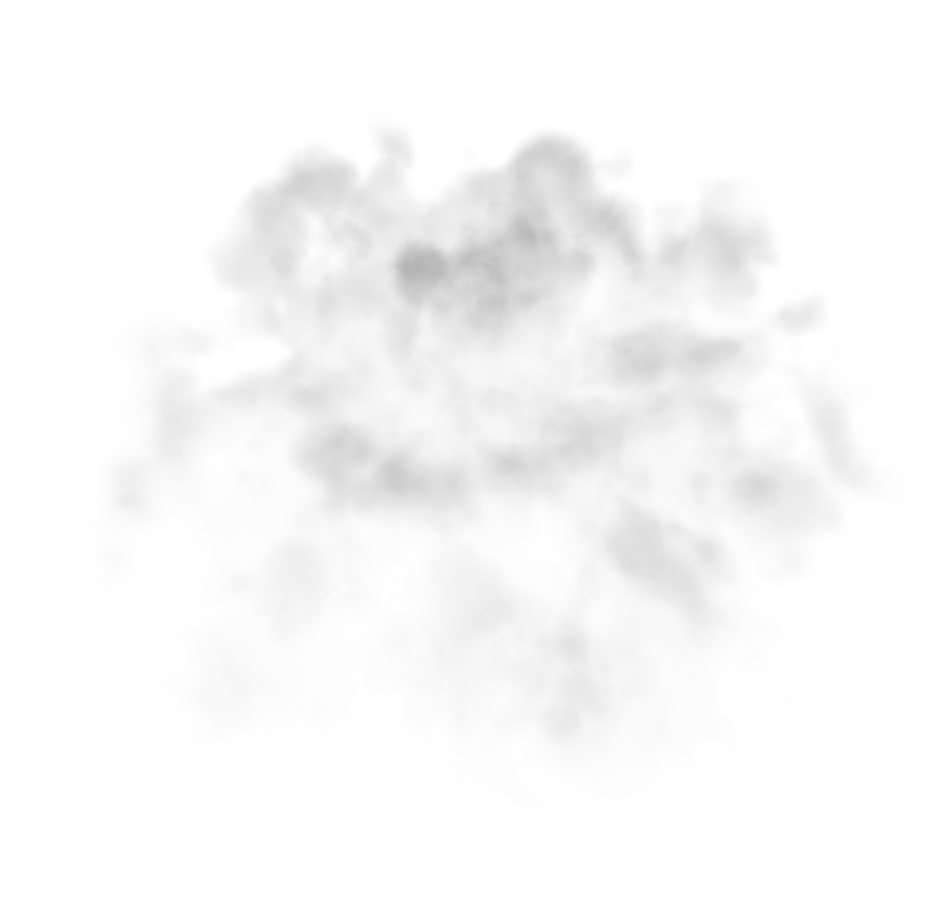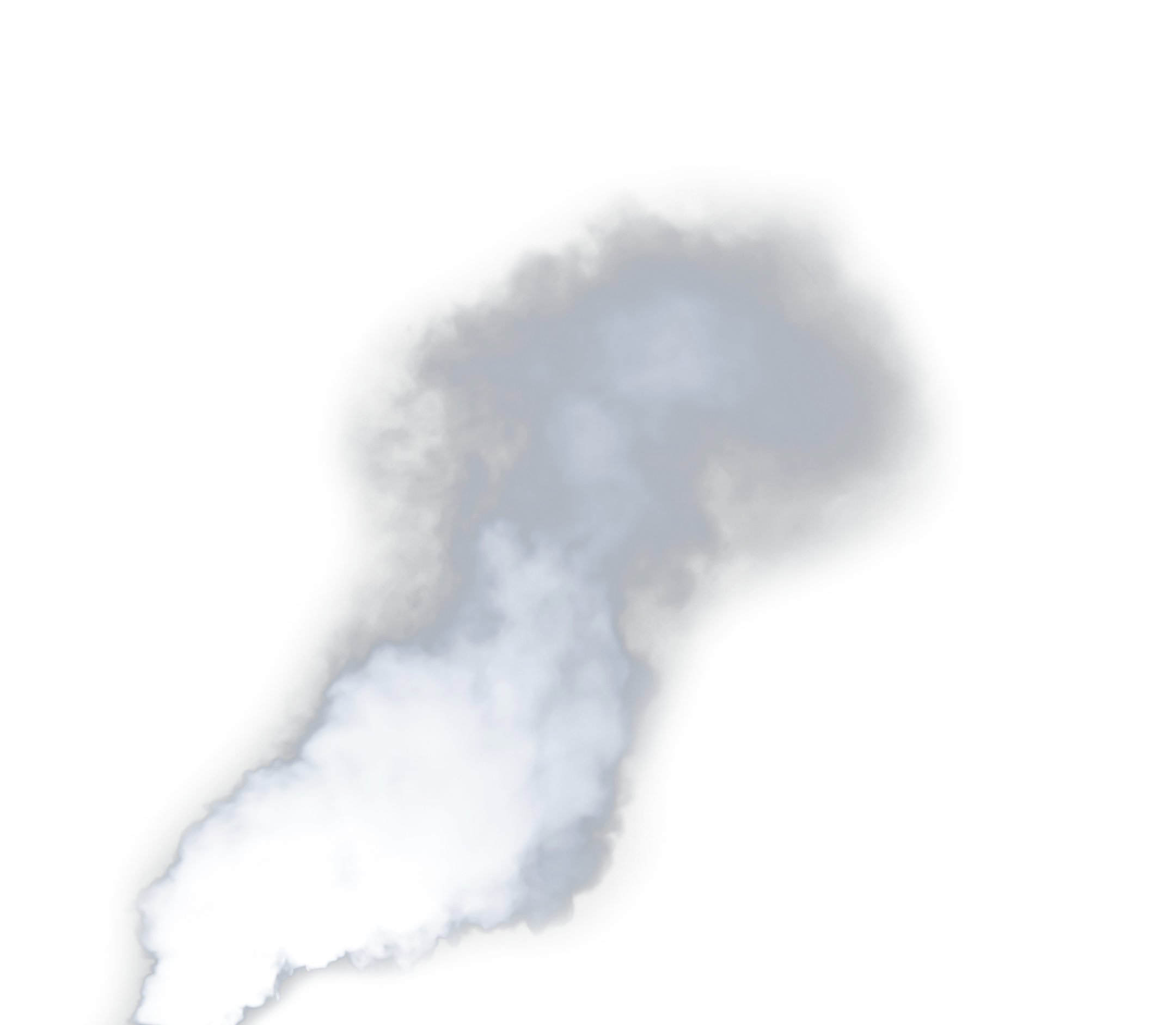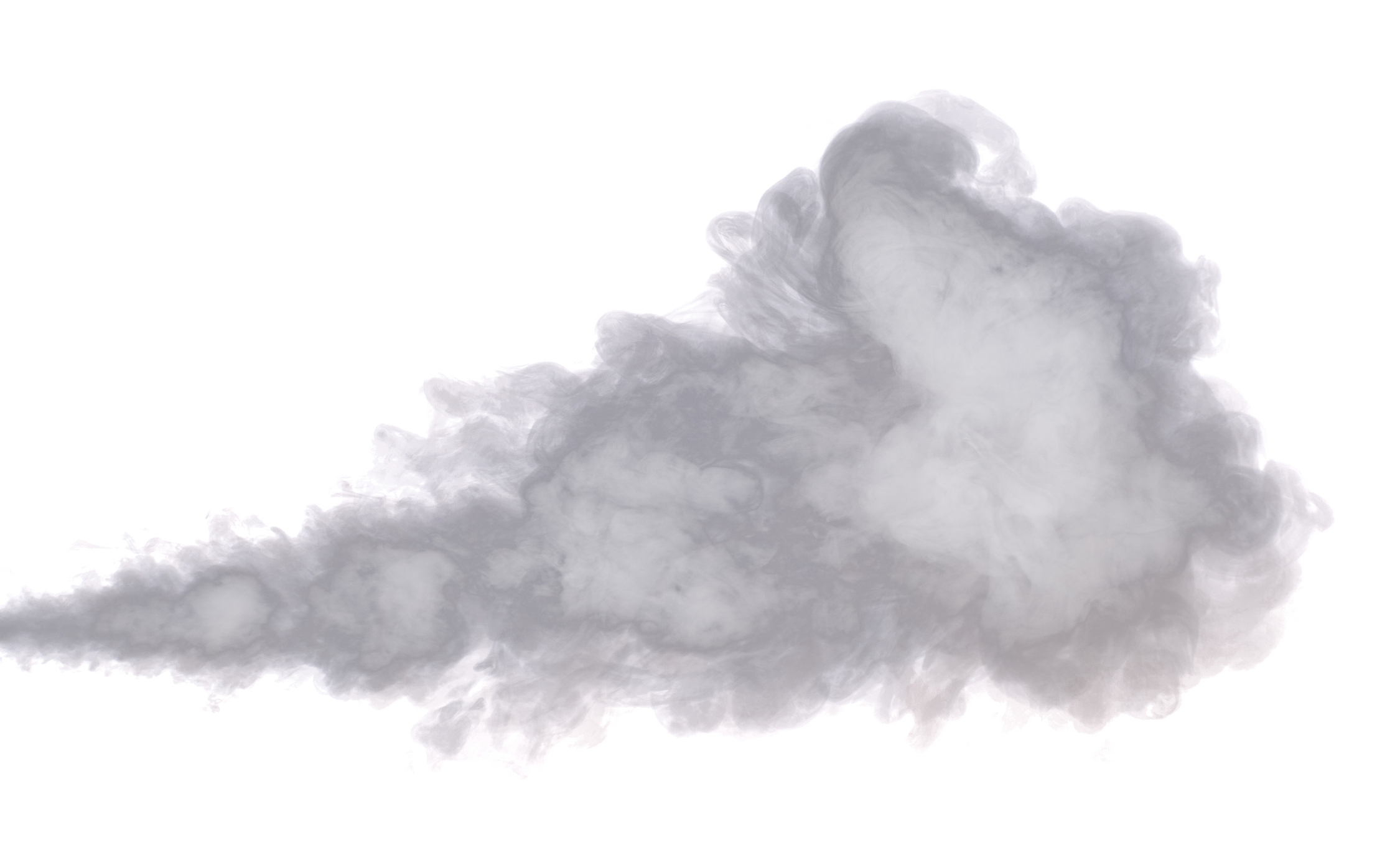Download top and best high-quality free Smoke PNG Transparent Images backgrounds available in various sizes. To view the full PNG size resolution click on any of the below image thumbnail.
License Info: Creative Commons 4.0 BY-NC
When a substance undergoes combustion or pyrolysis, smoke is formed from a mixture of airborne particles and gases, as well as the amount of air entrained or otherwise incorporated into the mass. It’s a frequent by-product of flames (such as stoves, candles, internal combustion engines, oil lamps, and fireplaces), but it may also be utilized for pest management (fumigation), communication (smoke signals), military defensive and offensive capabilities (smoke screen), cooking, or smoking (tobacco, cannabis, etc.). It’s utilized in spiritual or magical ceremonies when incense, sage, or resin is burnt to create a scent. It can also be used as a preservative and flavoring ingredient.
Smoke rising from a grassland fire in northern Mexico during a heat wave that coincided with Mexico’s forest fire season.
The most common cause of death among victims of indoor fires is smoke inhalation. Carbon monoxide, hydrogen cyanide, and other combustion products produce thermal damage, poisoning, and lung irritation, which all contribute to death.
Smoke is an aerosol (or mist) comprising solid particles and liquid droplets with a size distribution that falls within the optimal range for Mie scattering of visible light.
The nature of the burning fuel and the conditions of combustion determine the composition of smoke. Fires with a lot of oxygen burn at a high temperature and create very little smoke; the particles are largely ash or, if the temperature difference is significant enough, condensed water aerosol. Nitrogen oxides are also produced at high temperatures. Sulfur dioxide is produced when sulfur is present, or hydrogen sulfide is produced when sulfur is not present. Carbon and hydrogen are converted to carbon dioxide and water almost entirely. Fires that aren’t getting enough oxygen create a far broader range of chemicals, many of which are poisonous. Carbon monoxide is produced when carbon is partially oxidized, whereas nitrogen-containing compounds can create hydrogen cyanide, ammonia, and nitrogen oxides. Instead of water, hydrogen gas can be created. Hydrogen chloride, phosgene, dioxin, chloromethane, bromomethane, and other halocarbons can be produced when halogens like chlorine are present (for example, in polyvinyl chloride or brominated flame retardants).
Fluorocarbons, whether fluoropolymers exposed to fire or halocarbon fire control chemicals, can produce hydrogen fluoride. Some fire retardant chemicals can produce phosphorus and antimony oxides, as well as their reaction products, which increases smoke toxicity and corrosivity. Pyrolysis of polychlorinated biphenyls (PCB) can create 2,3,7,8-tetrachlorodibenzodioxin, a strong carcinogen, and other polychlorinated dibenzodioxins, e.g. by burning older transformer oil, and to a lesser extent other chlorine-containing compounds. Carbonyl fluoride (which hydrolyzes rapidly to HF and CO2) is generated when fluoropolymers, such as teflon, are pyrolyzed in the presence of oxygen; additional compounds, such as carbon tetrafluoride, hexafluoropropylene, and the exceedingly hazardous perfluoroisobutene, may also be created (PFIB).
Pyrolysis of burning material, particularly incomplete combustion or smoldering without adequate oxygen supply, produces a large amount of hydrocarbons, both aliphatic (methane, ethane, ethylene, acetylene) and aromatic (benzene and its derivates, polycyclic aromatic hydrocarbons; e.g. benzopyrene, which has been studied as a carcinogen, or retene), terpenes. It also results in the emission of a variety of smaller oxygenated volatile organic compounds (methanol, acetic acid, hydroxy acetone, methyl acetate, and ethyl formate), as well as less volatile oxygenated organic species like phenolics, furans, and furanones, which are formed as combustion byproducts.
Heterocyclic compounds might be present as well. Tar can form when heavier hydrocarbons condense; smoke with a high tar concentration is yellow to brown. In the aerosol phase, solid fuel combustion can result in the release of hundreds to thousands of reduced volatility organic molecules. During a fire, the presence of smoke, soot, and/or brown oily deposits indicates a potentially dangerous situation, as the atmosphere may be saturated with combustible pyrolysis products with concentrations above the upper flammability limit, and a sudden inrush of air can cause flashover or backdraft.
Download Smoke PNG images transparent gallery
- Smoke Black PNG
Resolution: 900 × 584
Size: 478 KB
Image Format: .png
Download
- Smoke Black PNG Pic
Resolution: 2200 × 2190
Size: 2066 KB
Image Format: .png
Download
- Smoke Black PNG File
Resolution: 600 × 621
Size: 63 KB
Image Format: .png
Download
- Smoke White
Resolution: 1902 × 901
Size: 443 KB
Image Format: .png
Download
- Smoke PNG
Resolution: 567 × 422
Size: 40 KB
Image Format: .png
Download
- Smoke PNG Pic
Resolution: 1600 × 900
Size: 150 KB
Image Format: .png
Download
- Smoke Black PNG Image
Resolution: 742 × 470
Size: 140 KB
Image Format: .png
Download
- Smoke Black PNG Photo
Resolution: 1381 × 980
Size: 66 KB
Image Format: .png
Download
- Smoke PNG File
Resolution: 600 × 504
Size: 245 KB
Image Format: .png
Download
- Smoke Color
Resolution: 640 × 381
Size: 451 KB
Image Format: .png
Download
- Smoke Black PNG Cutout
Resolution: 1238 × 980
Size: 43 KB
Image Format: .png
Download
- Smoke Black PNG Images
Resolution: 1206 × 1436
Size: 328 KB
Image Format: .png
Download
- Smoke Black PNG Photos
Resolution: 1000 × 576
Size: 392 KB
Image Format: .png
Download
- Smoke PNG Image
Resolution: 990 × 520
Size: 207 KB
Image Format: .png
Download
- Smoke PNG Photo
Resolution: 640 × 375
Size: 162 KB
Image Format: .png
Download
- Smoke Black PNG Clipart
Resolution: 1000 × 975
Size: 253 KB
Image Format: .png
Download
- Smoke Black PNG Picture
Resolution: 900 × 489
Size: 130 KB
Image Format: .png
Download
- Smoke PNG Cutout
Resolution: 600 × 600
Size: 216 KB
Image Format: .png
Download
- Smoke PNG Images
Resolution: 990 × 463
Size: 414 KB
Image Format: .png
Download
- Smoke Color PNG
Resolution: 1920 × 1080
Size: 732 KB
Image Format: .png
Download
- Smoke PNG Photos
Resolution: 1851 × 865
Size: 1254 KB
Image Format: .png
Download
- Smoke Transparent
Resolution: 1002 × 431
Size: 74 KB
Image Format: .png
Download
- Smoke White PNG
Resolution: 2700 × 2213
Size: 902 KB
Image Format: .png
Download
- Smoke PNG Clipart
Resolution: 2048 × 1152
Size: 1219 KB
Image Format: .png
Download
- Smoke PNG Picture
Resolution: 2300 × 1533
Size: 969 KB
Image Format: .png
Download
- Smoke White PNG Pic
Resolution: 480 × 889
Size: 173 KB
Image Format: .png
Download
- Smoke Color PNG Pic
Resolution: 600 × 336
Size: 259 KB
Image Format: .png
Download
- Smoke White PNG File
Resolution: 1024 × 1024
Size: 294 KB
Image Format: .png
Download
- Smoke White PNG Image
Resolution: 1645 × 994
Size: 479 KB
Image Format: .png
Download
- Smoke White PNG Photo
Resolution: 1536 × 1924
Size: 902 KB
Image Format: .png
Download
- Smoke Black PNG HD Image
Resolution: 800 × 800
Size: 159 KB
Image Format: .png
Download
- Smoke PNG HD Image
Resolution: 800 × 800
Size: 111 KB
Image Format: .png
Download
- Smoke Cigarette
Resolution: 3578 × 5045
Size: 3034 KB
Image Format: .png
Download
- Smoke Cigarette PNG Photo
Resolution: 1920 × 1080
Size: 832 KB
Image Format: .png
Download
- Smoke Black Transparent
Resolution: 1191 × 670
Size: 325 KB
Image Format: .png
Download
- Smoke Cigarette PNG Cutout
Resolution: 1271 × 1163
Size: 941 KB
Image Format: .png
Download
- Smoke Black PNG Image HD
Resolution: 1011 × 999
Size: 311 KB
Image Format: .png
Download
- Smoke Black No Background
Resolution: 852 × 480
Size: 168 KB
Image Format: .png
Download
- Smoke Cigarette PNG Images
Resolution: 2049 × 1611
Size: 737 KB
Image Format: .png
Download
- Smoke Cigarette PNG Photos
Resolution: 600 × 600
Size: 46 KB
Image Format: .png
Download
- Smoke Cigarette Transparent
Resolution: 600 × 600
Size: 39 KB
Image Format: .png
Download
- Smoke Cigarette PNG
Resolution: 1836 × 1760
Size: 1479 KB
Image Format: .png
Download
- Smoke Black
Resolution: 1771 × 2458
Size: 3642 KB
Image Format: .png
Download
- Smoke Cigarette PNG Pic
Resolution: 950 × 911
Size: 282 KB
Image Format: .png
Download
- Smoke Cigarette PNG File
Resolution: 2160 × 1883
Size: 1140 KB
Image Format: .png
Download
- Smoke Cigarette PNG Image
Resolution: 2250 × 1366
Size: 1985 KB
Image Format: .png
Download
- Smoke
Resolution: 1851 × 386
Size: 914 KB
Image Format: .png
Download
